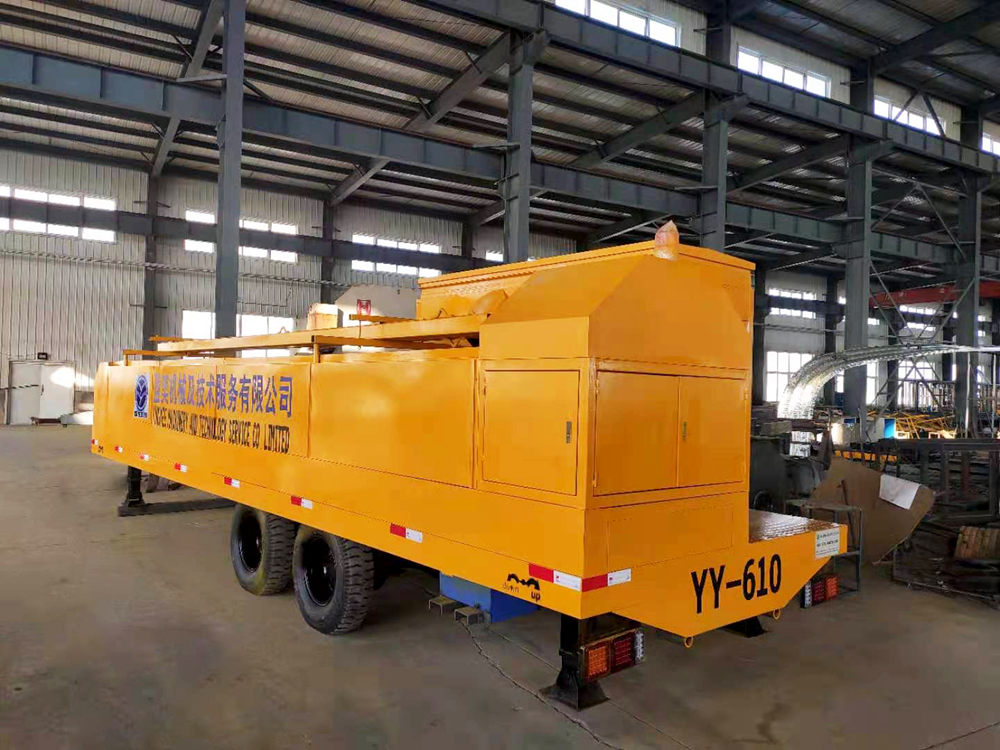
Understanding C Purlins Essential Components in Construction
C purlins are vital structural elements widely used in the construction industry, serving as horizontal beams or supports primarily in steel buildings, warehouses, and agricultural structures. Their unique shape and design offer several benefits, making them a popular choice for engineers and architects when designing various structures. In this article, we will delve into the features, benefits, applications, and installation considerations of C purlins.
Features of C Purlins
C purlins, often referred to simply as purlins, are cold-formed steel sections characterized by their C shape when viewed in cross-section. This design provides excellent structural integrity while being lightweight. The dimensions of C purlins can vary based on their application, which allows for flexibility in design and ensures that they can be tailored to meet specific load requirements.
Typically manufactured from high-strength steel, C purlins come in various thicknesses and lengths, catering to different construction needs. The steel used in making C purlins is often galvanized or coated to enhance durability and resistance to corrosion, making them suitable for both indoor and outdoor applications.
Benefits of C Purlins
1. Strength and Durability The primary advantage of C purlins lies in their strength-to-weight ratio. They can support substantial loads while remaining lightweight, reducing the overall structural weight. This characteristic is particularly advantageous in large buildings where minimizing weight can lead to cost savings.
2. Versatility C purlins are versatile and can be used in numerous applications. They are commonly utilized in roofing, wall framing, and as support for various types of cladding. Their adaptability allows for integration into numerous architectural designs.
3. Cost-Effectiveness Due to their lightweight nature and the efficiency of cold-formed steel production, C purlins are generally more cost-effective than traditional construction materials. Additionally, their durability reduces maintenance costs over time.
4. Ease of Installation C purlins are easy to handle and install, requiring fewer labor hours and less specialized equipment than heavier structural components. Their standard dimensions and pre-drilled holes facilitate quick assembly, speeding up the overall construction process.
Applications of C Purlins
C purlins find extensive use in various sectors. Some common applications include

- Commercial Buildings In the construction of shopping centers and office buildings, C purlins provide the necessary support for roofs and walls. - Industrial Warehouses C purlins are prevalent in warehouse construction, where they help create wide-span structures with large interior spaces, enhancing storage capability.
- Agricultural Structures Many farms utilize C purlins in the construction of barns and storage sheds, benefiting from their strength and resistance to the elements.
- Residential Buildings In some modern residential designs, C purlins are used as part of framing systems, contributing to the overall aesthetic while maintaining functionality.
Installation Considerations
When it comes to the installation of C purlins, several factors must be taken into account to ensure safety and structural integrity
1. Load Calculations It is essential to calculate the expected loads on the purlins, considering factors such as snow load, wind load, and any additional loads from equipment or materials stored on the roof.
2. Spacing Requirements The spacing between purlins must be determined based on the type of roofing material being used and the specific design of the structure. Proper spacing ensures that the roof can support required loads effectively.
3. Connection Methods The method of connecting C purlins to other structural elements should be selected carefully. Common methods include bolting and welding, which should adhere to local building codes and standards for structural integrity.
4. Corrosion Protection While many C purlins come pre-coated, additional protective measures may be necessary, especially in harsh environments, to prolong their lifespan.
Conclusion
C purlins play an essential role in modern construction, offering a combination of strength, versatility, and cost-effectiveness. Their unique design and easy installation make them a preferred choice for various applications, from commercial and industrial buildings to agricultural structures. Understanding the properties and benefits of C purlins can help architects and construction professionals make informed decisions, ultimately leading to safer, more efficient building practices. As construction technology continues to evolve, the significance of C purlins is likely to remain prominent in the industry.